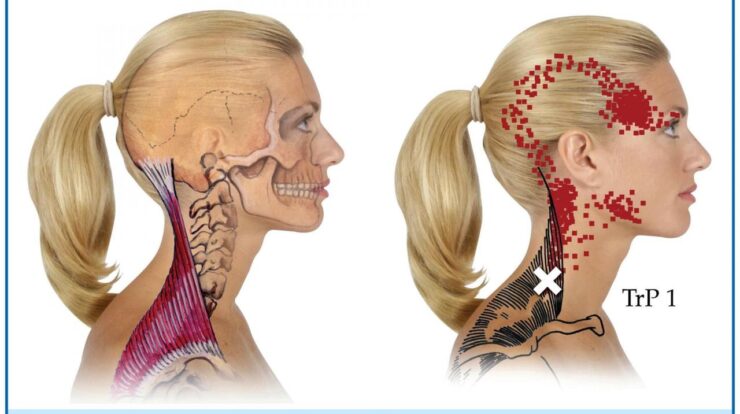
How can stiff and tight muscles result in back pain? This question has plagued individuals for centuries, with the answer lying in the intricate interplay between our musculoskeletal system and overall well-being. In this comprehensive guide, we delve into the causes, consequences, and effective management strategies for muscle stiffness and tightness, empowering you to alleviate back pain and restore optimal mobility.
Stiffness, characterized by difficulty in moving a joint, and tightness, referring to shortened and tense muscles, can stem from various factors, including prolonged sitting, repetitive motions, and inadequate stretching. These conditions not only restrict flexibility and range of motion but also create a breeding ground for pain, particularly in the vulnerable back region.
Muscle Stiffness and Back Pain: How Can Stiff And Tight Muscles Result In Back Pain?
Muscle stiffness, characterized by a reduced range of motion and increased muscle tension, can significantly contribute to back pain. Prolonged periods of inactivity, repetitive movements, or underlying medical conditions can lead to muscle stiffness, impairing flexibility and causing discomfort.
Examples of Activities or Conditions Leading to Muscle Stiffness
- Sedentary lifestyles and prolonged sitting
- Repetitive physical activities, such as lifting heavy objects or working at a desk
- Muscle injuries or sprains
- Aging and degenerative conditions
Muscle Tightness and Back Pain
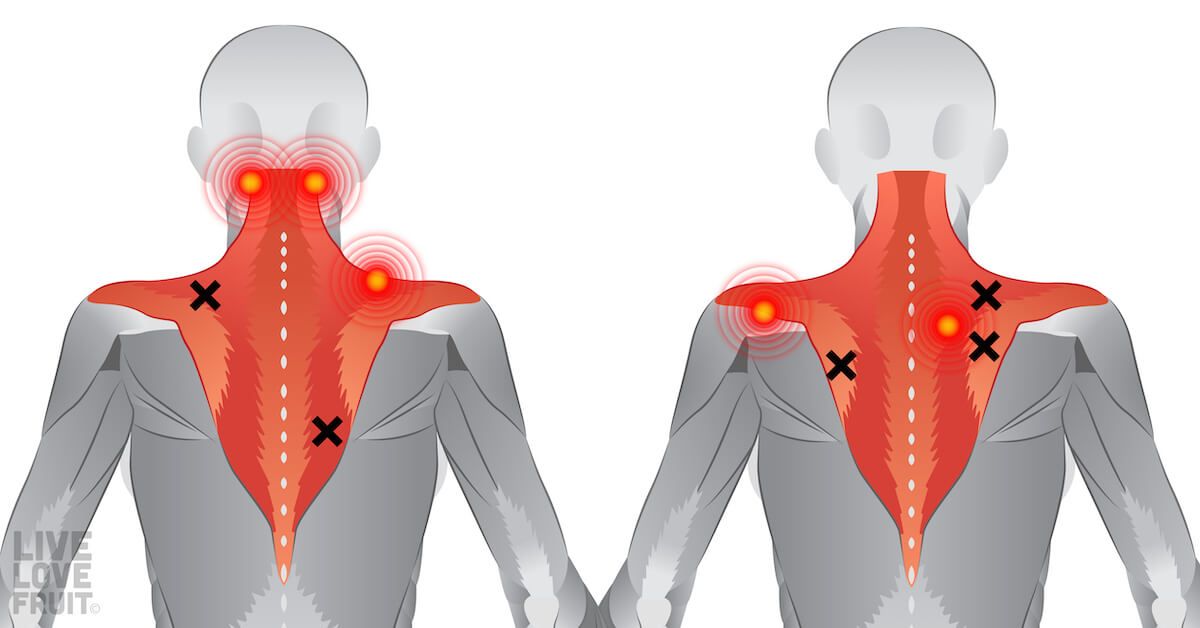
Definition of Muscle Tightness, How can stiff and tight muscles result in back pain?
Muscle tightness refers to a chronic state of shortened and contracted muscles. Unlike muscle stiffness, which is temporary and can resolve with rest, muscle tightness is persistent and requires specific interventions to address.
Preventing flexibility issues requires a proactive approach. Regular exercise is a key component in maintaining joint mobility and muscle elasticity. By incorporating physical activity into daily routines, individuals can significantly reduce the risk of developing flexibility limitations and preserve their overall physical well-being.
Causes and Symptoms of Muscle Tightness in the Back
- Overuse or excessive strain
- Poor posture
- Muscle imbalances
- Dehydration
- Symptoms include reduced range of motion, muscle spasms, and pain.
Muscle Stiffness and Tightness as Contributors to Back Pain
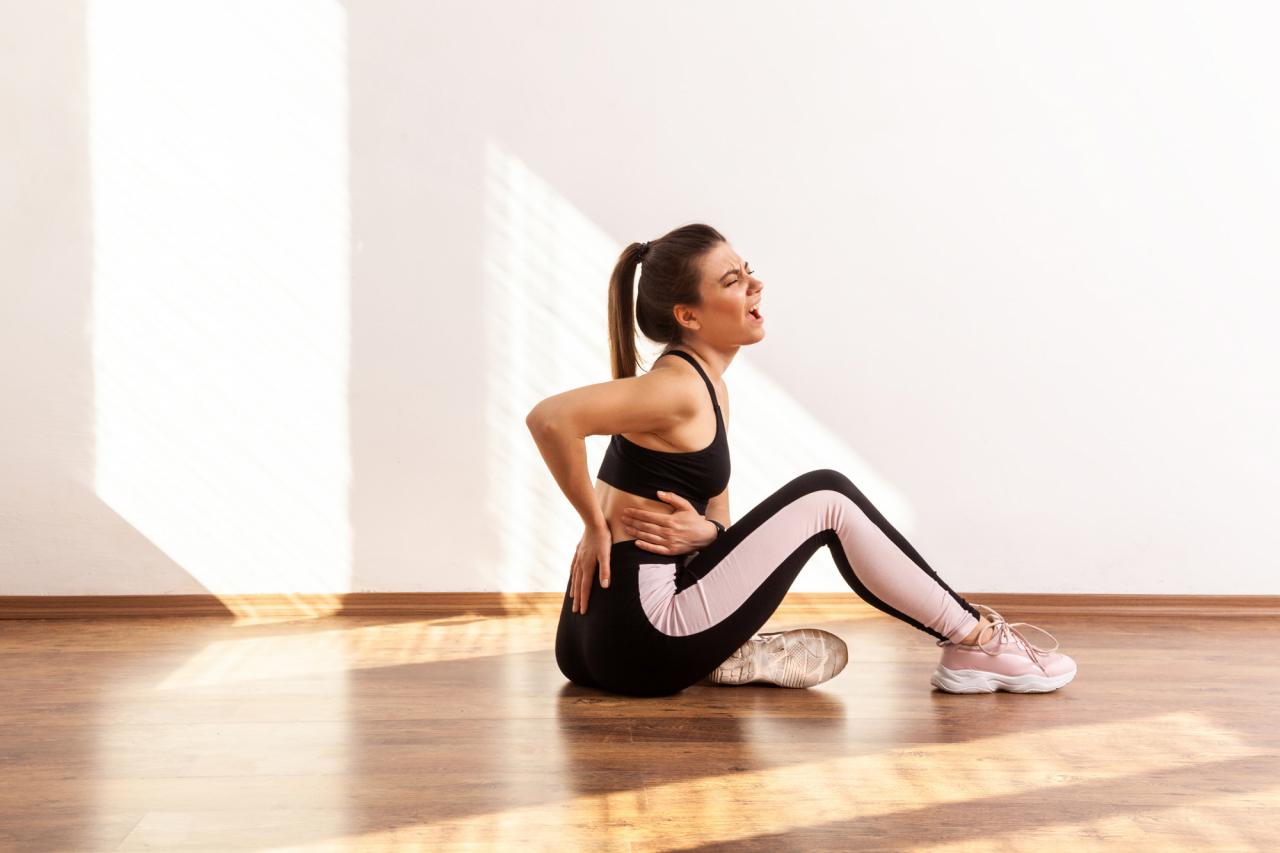
Relationship Between Stiffness and Tightness
While muscle stiffness and tightness are distinct conditions, they often coexist and contribute to back pain. Stiffness can lead to tightness if the underlying cause is not addressed, and vice versa.
Maintaining flexibility is essential for a healthy and active lifestyle. Regular exercise is highly recommended to prevent flexibility issues, as it helps maintain joint mobility and muscle elasticity. By engaging in consistent physical activity, individuals can significantly reduce the risk of developing flexibility limitations and preserve their overall physical well-being.
Table: Key Differences Between Muscle Stiffness and Tightness
| Characteristic | Muscle Stiffness | Muscle Tightness |
|---|---|---|
| Definition | Temporary reduction in range of motion and increased tension | Chronic state of shortened and contracted muscles |
| Causes | Inactivity, repetitive movements, injuries | Overuse, poor posture, muscle imbalances |
| Symptoms | Reduced flexibility, discomfort | Reduced range of motion, muscle spasms, pain |
| Treatment | Rest, stretching, heat therapy | Stretching, massage, physical therapy |
Prevention and Management of Stiff and Tight Muscles to Alleviate Back Pain
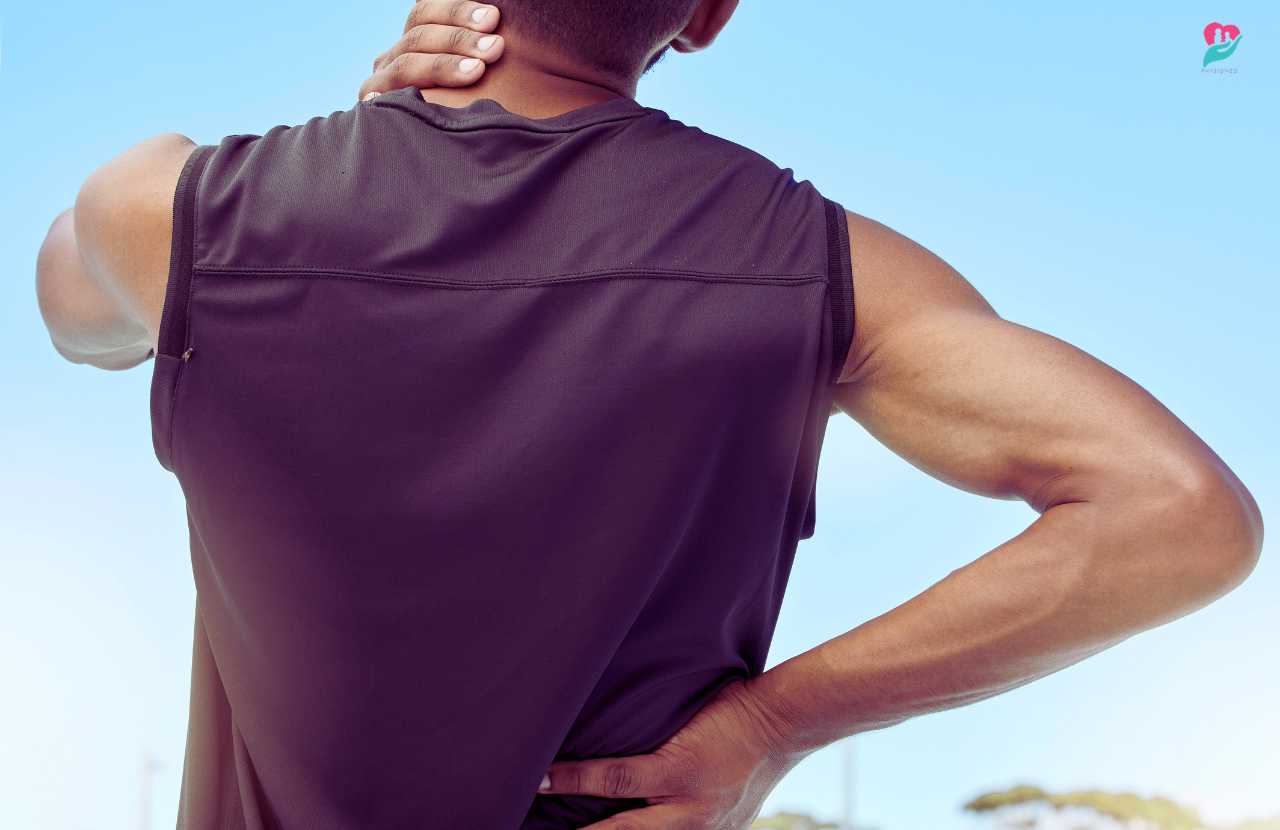
Prevention
- Maintain an active lifestyle and engage in regular exercise.
- Stretch regularly to improve flexibility and prevent muscle shortening.
- Maintain good posture when sitting, standing, and sleeping.
- Use proper lifting techniques to avoid strain.
- Stay hydrated.
Management
- Stretching exercises: Focus on stretching the affected muscle groups.
- Strengthening exercises: Build muscle strength to support the back.
- Massage therapy: Can help relax muscles and relieve tension.
- Heat therapy: Applying heat to the affected area can improve blood flow and reduce stiffness.
Last Recap
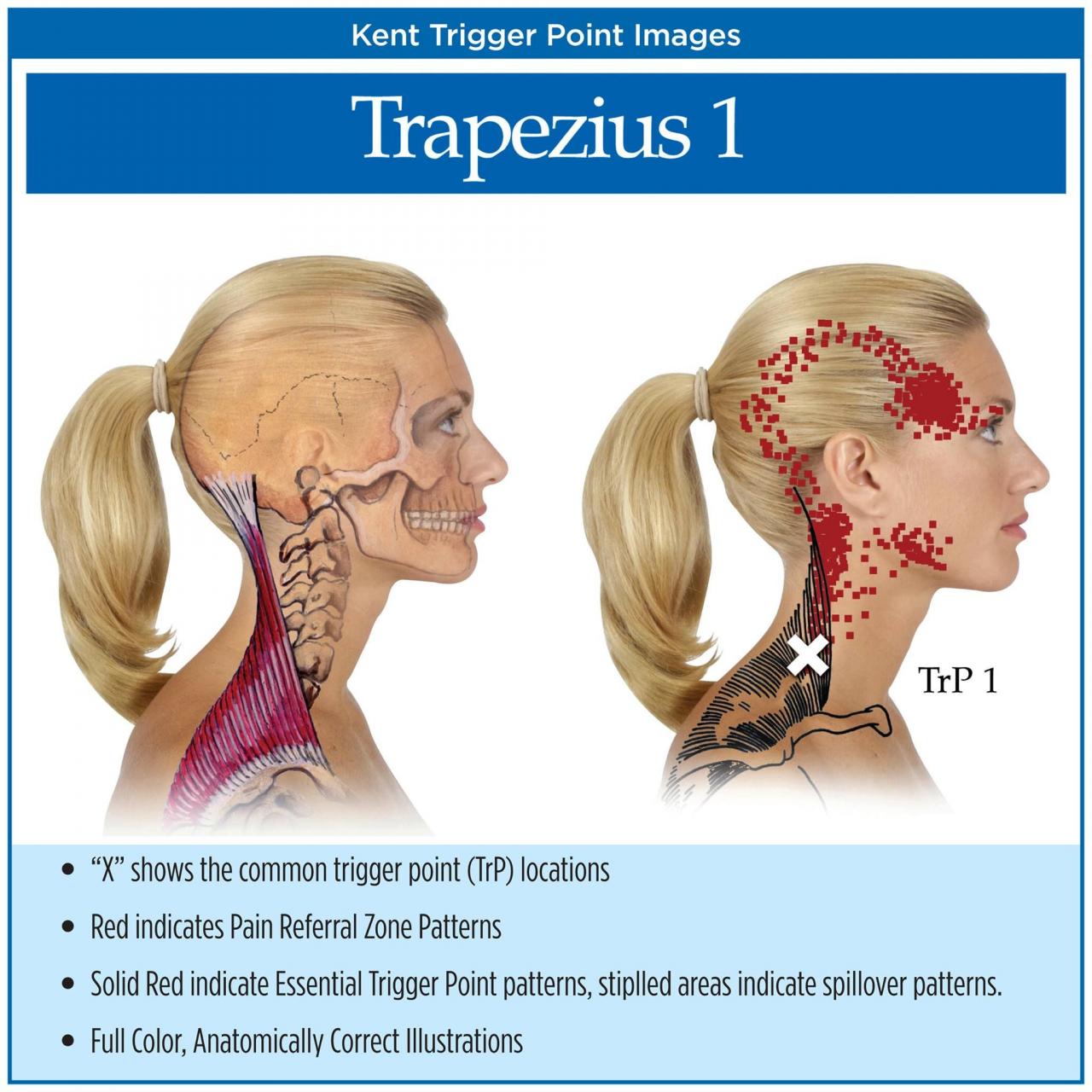
Understanding the mechanisms behind muscle stiffness and tightness is paramount for effective pain management. By implementing preventive measures, such as regular stretching and maintaining good posture, we can minimize the risk of developing these conditions. Furthermore, incorporating exercises that promote flexibility and reduce muscle tension, coupled with non-invasive therapies like massage and heat therapy, can significantly alleviate back pain.
Maintaining flexibility is crucial for optimal physical health. Regular exercise plays a vital role in preventing flexibility issues by promoting joint mobility and muscle elasticity. Incorporating physical activity into one’s routine helps reduce the risk of developing flexibility limitations and ensures a healthy and active lifestyle.
If conservative measures prove insufficient, medical interventions may be necessary to address severe cases, ranging from physical therapy to injections. By adopting a proactive approach to muscle health, we can effectively combat back pain, restore mobility, and enhance overall well-being.
Questions and Answers
Can muscle stiffness and tightness be prevented?
As Mother’s Day approaches, it’s time to express our love and appreciation for the incredible women who have nurtured and supported us throughout our lives. Happy Mother’s Day to all the amazing moms who make the world a better place with their love, care, and unwavering dedication.
Yes, preventive measures such as regular stretching, maintaining good posture, and engaging in activities that promote flexibility can minimize the risk of developing muscle stiffness and tightness.
What are the benefits of massage therapy for back pain caused by muscle stiffness and tightness?
Massage therapy helps relax tense muscles, improve circulation, and reduce pain by releasing endorphins. It can be an effective non-invasive treatment for back pain caused by muscle stiffness and tightness.
When should I consider medical interventions for severe muscle stiffness and tightness?
To prevent flexibility issues, regular exercise is highly recommended. According to experts , consistent physical activity helps maintain joint mobility and muscle elasticity. By engaging in regular exercise, individuals can significantly reduce the risk of developing flexibility limitations and preserve their overall physical well-being.
If conservative measures, such as stretching, exercise, and non-invasive therapies, fail to provide adequate relief, it may be necessary to consider medical interventions such as physical therapy, chiropractic care, or injections.





